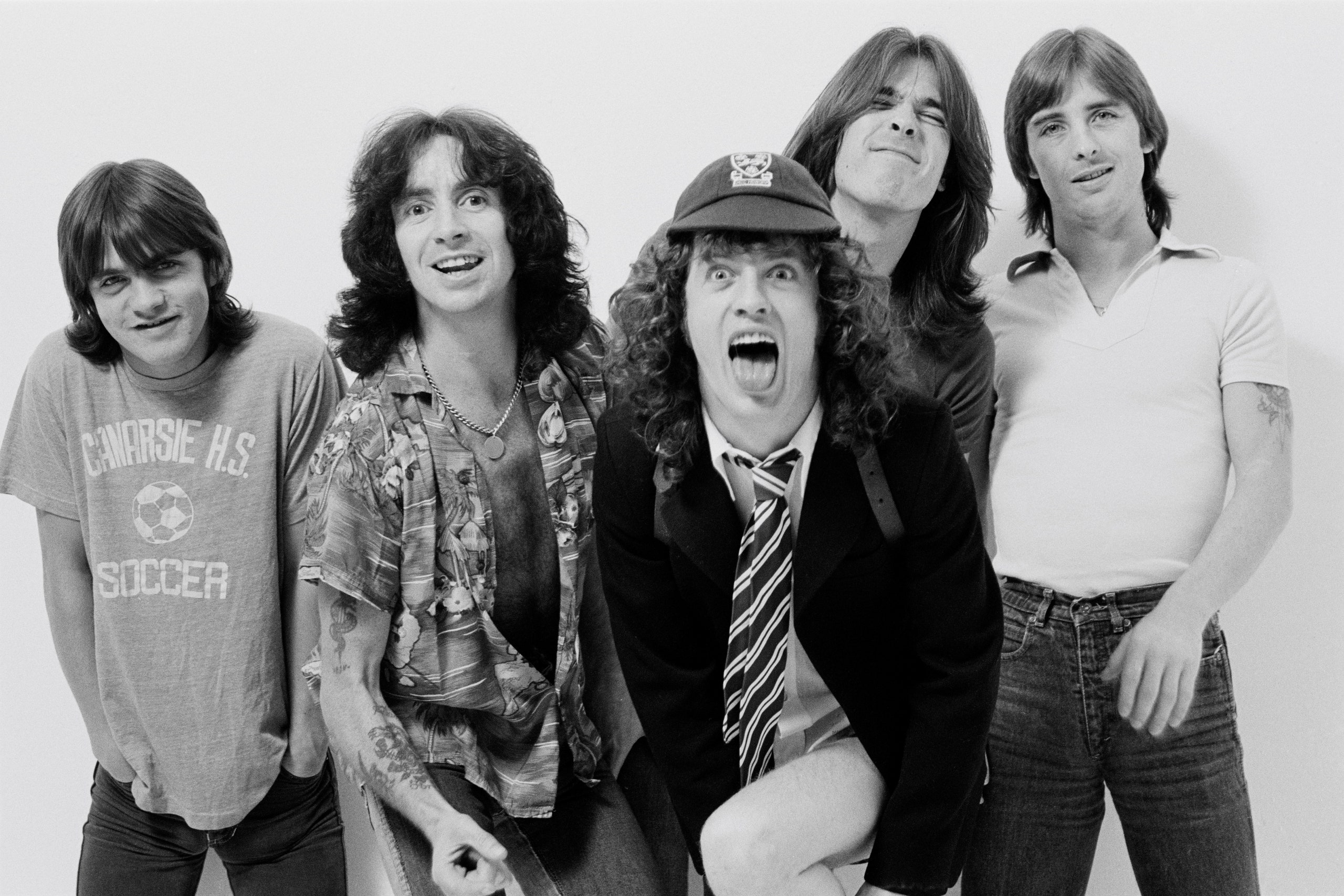The iconic rock and roll era of bands like AC/DC marked a revolutionary period in the music industry, with its electrifying energy, rebellious spirit, and memorable guitar riffs. However, as time has marched on, music has evolved significantly, reflecting changing cultural landscapes, technological advancements, and artistic innovation. In this article, we explore how music has transformed since the rock and roll era of AC/DC, highlighting the diverse sounds and genres that have emerged.
-
Digital Revolution and the Rise of Genres
The advent of digital technology brought about a significant shift in how music is produced, distributed, and consumed. This evolution gave rise to a diverse range of genres, each catering to distinct audiences and artistic expressions. While AC/DC’s hard rock anthems dominated the rock scene, genres like hip-hop, electronic dance music (EDM), and pop have emerged and flourished.
-
Hip-Hop’s Cultural Impact
The emergence of hip-hop in the 1980s brought a new cultural force to the music industry. Hip-hop not only introduced a new sound but also a platform for expressing social and political issues. Artists like Grandmaster Flash, Run-D.M.C., and Public Enemy used their music to address racial inequality, poverty, and other pressing topics. This genre’s influence continues to shape the music landscape, with artists like Kendrick Lamar and Cardi B pushing boundaries and sparking conversations.
-
Electronic Dance Music (EDM) and Technological Advancements
The rise of electronic dance music (EDM) is closely tied to technological advancements in music production. The electronic nature of EDM allows for experimental and boundary-pushing compositions. Festivals like Tomorrowland and Coachella’s Sahara Tent have become synonymous with EDM’s energy and euphoria. DJs and producers like Calvin Harris and Martin Garrix have become global sensations, attracting massive crowds with their pulsating beats.
-
Pop Music’s Ongoing Evolution
Pop music has continued to evolve in dynamic ways since the rock era. Artists like Madonna, Michael Jackson, and Prince set the stage for a genre that constantly reinvents itself. Today, pop music is characterized by its fusion of genres, blending elements of hip-hop, electronic, R&B, and more. Chart-toppers like Billie Eilish, Taylor Swift, and Justin Bieber showcase the genre’s adaptability and ability to remain at the forefront of popular culture.
-
Genre Fusion and Hybridization
One of the most intriguing developments in the post-rock era is the blending of genres. Artists no longer feel confined to a single category, often incorporating elements from various genres to create a unique sound. This fusion has given birth to subgenres like indie pop-rock, electronic rock, and even country-rap. Acts like Twenty One Pilots and Post Malone exemplify this trend, seamlessly weaving different musical elements into their work.
The music industry has undergone a remarkable transformation since the rock and roll era of AC/DC. While the classic rock sound continues to resonate, the emergence of hip-hop, EDM, pop, and genre-blending has broadened the musical landscape. This evolution reflects the ever-changing tastes and preferences of listeners, as well as the artistic innovation of musicians who are unafraid to break boundaries. As we look back on the journey from AC/DC to today’s diverse sounds, it’s evident that music’s ability to adapt and evolve remains as powerful as ever.

